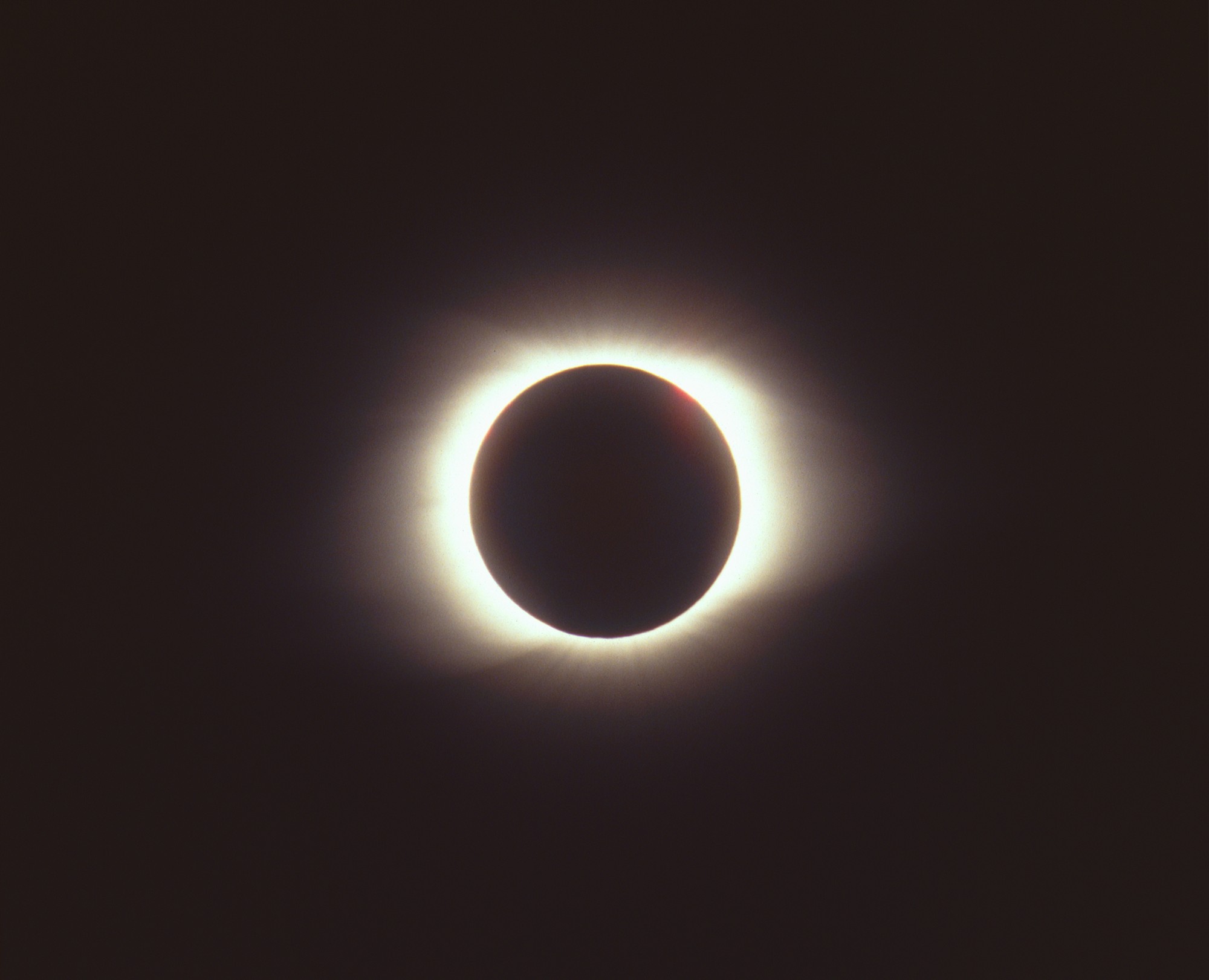On Aug. 21, students on both campuses will still be able to witness most of the sun’s light blocked by the moon. Here’s what you need to know:
Where can I see the solar eclipse on campus?
According to the Kennesaw State Department of Physics, the solar eclipse will be visible from both the Kennesaw and Marietta campuses. The Kennesaw campus will see 97.6 percent of the sun blocked, and the Marietta campus will see 97.5 percent. There will be official, university-supervised viewings on the Kennesaw campus Green and at the Globe statue on the Marietta campus between 1 p.m. and 3 p.m.
When will I be able to see the eclipse?
The moon will begin to cover the sun at 1:05 p.m. The eclipse will reach maximum coverage at 2:35 p.m. and end at 4:01 p.m. To see an animation of what it will look like, go to timeanddate.com.
Why is it dangerous to look directly at a solar eclipse?
Although only 2.5 percent of the sun’s light will be visible from KSU during the eclipse, it is still more than enough light to damage the eyes. A limited number of eclipse-viewing glasses will be distributed to students at supervised viewing locations beginning at 11 a.m., but the American Astronomical Society also has recommendations on where to get glasses at eclipse.aas.org/eye-safety.
Can I wear regular sunglasses to watch the eclipse?
No. While solar eclipse glasses allow only about 1 percent of the sun’s light to reach the eyes, regular sunglasses allow more than 50 percent through.
How will KSU be celebrating the eclipse?
Several experts from the KSU Department of Physics will be onsite at viewing locations to answer questions, host eclipse-related activities and demonstrate safe-viewing tools like eye-safe telescopes, pinhole cameras and shoebox projectors.
Will the weather cooperate on the day of the eclipse?
Hopefully! The Weather Channel continually updates its forecasts, so be sure to check on the days before the eclipse. Predicting weather more than a week in advance is tricky, though, so all we can do is keep our fingers crossed.



